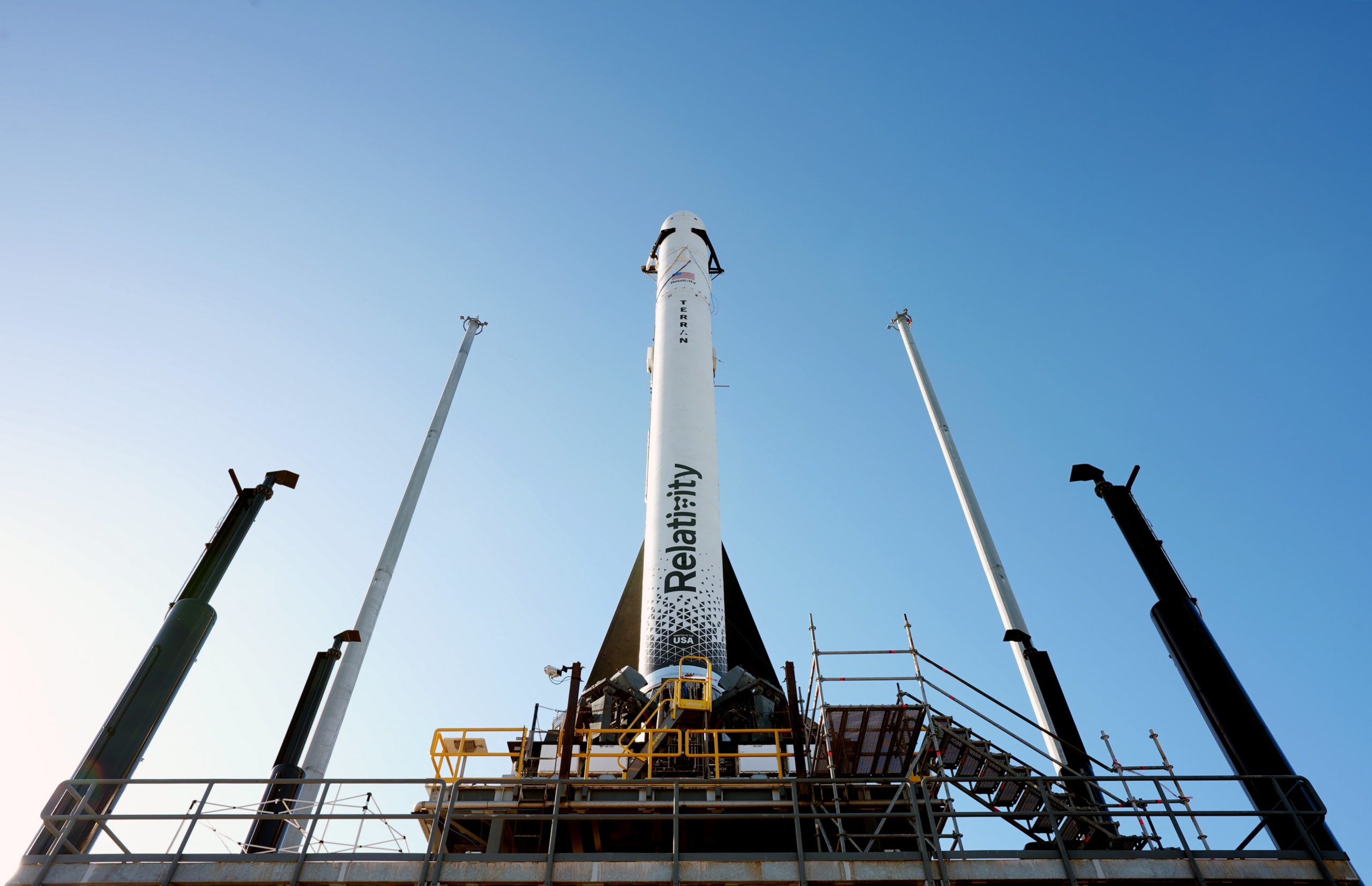
More than three decades since it last echoed to the roar of rocket engines, Launch Complex (LC)-16 at Cape Canaveral Space Force Station, Fla., may host its next mission tomorrow (Wednesday, 8 March), when Relativity Space performs the inaugural test flight of its 3D-printed Terran-1 booster. Carrying no payload for this maiden flight, the 115.2-foot-tall (35.2-meter), two-stage vehicle is scheduled to fly during a three-hour “launch window”, extending from 1 p.m. through 4 p.m. EST.
Weather conditions are predicted to be 90-percent favorable for Wednesday’s opening launch attempt, improving still further to 95 percent in the event of a 24-hour turnaround to Thursday. “Expect a weak back-door cold front to move across the area late Tuesday night into Wednesday morning, bringing a few weak showers to the area, but this feature should be out of the area prior to the opening of the launch window,” noted the 45th Weather Squadron at Patrick Space Force Base in its L-2 briefing, issued Monday.
“Winds are expected to be a little on the breezy side as the pressure gradient tightens between high pressure to the north and the weak cold front,” it added. “The sea-breeze should develop and force clouds that develop inland and away from the launch pad area.”
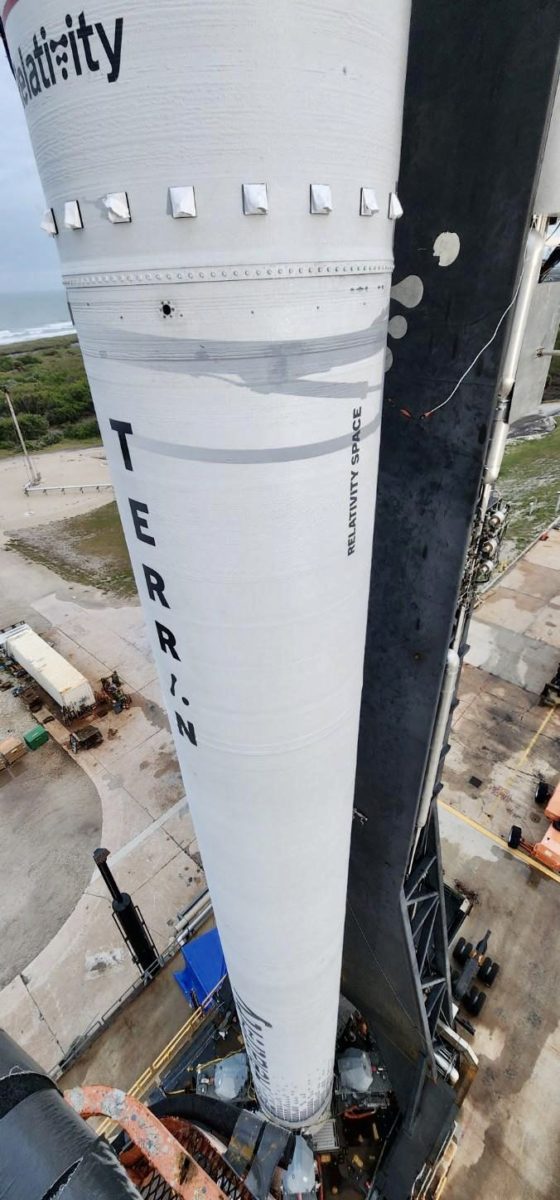
All told, this is expected to produce a slight violation of the Cumulus Cloud Rule, “in the event some clouds remain in the area”. Reduced winds and lessened cloud cover heading into Thursday are expected to improve the weather picture to 95-percent favorability.
Founded in 2015 by aerospace engineers Tim Ellis and Jordan Noone—formerly of Blue Origin and SpaceX, respectively—the Long Beach, Calif.-based Relativity Space seeks to build its own orbital-class launch vehicles almost entirely through additive manufacturing and its in-house Stargate 3D-printing system. Each first-generation Terran-1 booster is priced at around $12 million and reportedly capable of lifting payloads up to 2,750 pounds (1,250 kilograms) into low-Earth orbit at an altitude of 190 miles (300 kilometers).
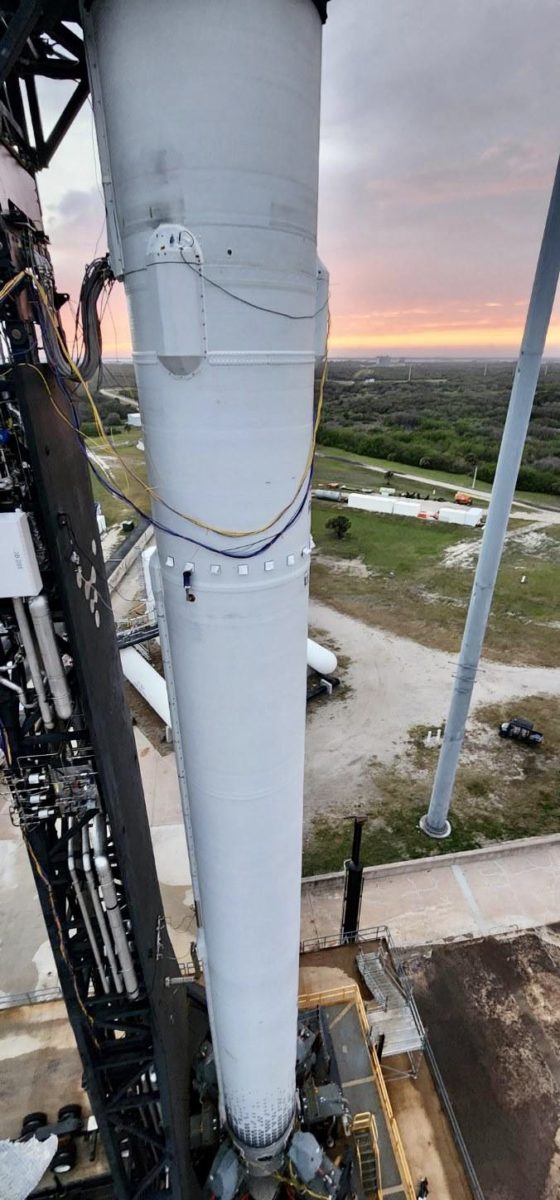
Terran-1 is a two-stage affair, with nine 3D-printed Aeon-1 engines producing a combined 207,000 pounds (95,000 kilograms) of thrust to lift the 15-story vehicle off the pad. These engines, which boast a copper-based alloy in their thrust chambers to facilitate higher efficiency, are powered by Liquid Natural Gas (LNG) and Liquid Oxygen (LOX). A single vacuum-optimized Aeon-1 engine on the second stage furnishes 28,000 pounds (12,700 kilograms) of thrust to haul payloads uphill in what Relativity describes as a “sweet-spot” range between the capabilities of Rocket Lab’s Electron and SpaceX’s Falcon 9.
Since spring 2018, Relativity’s Aeon-1 validation and certification campaign has been conducted through a $30 million Commercial Space Launch Act Agreement with NASA’s Stennis Space Center (SSC) in Bay St. Louis, Miss., utilizing four test stands on the million-square-foot (101,000-square-meter) E4 Test Complex. It is anticipated that the use of Stennis’ facilities and infrastructure will enable Relativity to develop and test sufficient engines here to build 36 Terran-1 rockets annually.
With the Aeon-1 hardware printed through selective laser sintering, and assembled from less than a hundred individual parts, and around 90 percent of the rest of the Terran-1 vehicle by mass fabricated with 3D-printed components, Relativity expects to reduce part-counts by a hundred times, in comparison to traditionally manufactured rockets. The firm, now based out of a 150,000-square-foot (14,000-square-meter) premises in Long Beach, Calif., has repeatedly touted its ability to manufacture an entire Terran-1 vehicle—first and second stages, as well as associated engine hardware—in less than 60 days.
The Terran-1 vehicle for tomorrow’s launch departed Relativity’s Long Beach facility last year for a protracted static test-fire campaign at Stennis, before arriving in Florida in June. Over the next few months, it was put through a series of spin-start tests of its first-stage engines, with a Federal Aviation Administration (FAA) launch license initially covering the timeframe from July through December for an opening launch attempt.
But readying the new hardware for its maiden voyage, not unexpectedly, raised multiple challenges, with additional hot-fire tests, range issues and the ravages of Mother Nature—most notably the onslaught of Hurricane Ian last September—forcing the mission to slip repeatedly to year’s end and ultimately into early 2023. The FAA launch license was correspondingly extended and just last month Relativity announced that it was targeting 8 March as its No Earlier Than (NET) date.
Despite several short-duration static tests, plans for a full-duration “burn” of the nine Aeon-1 engines in a full-stack configuration on the pad were called off by Relativity, which noted that sufficient testing on the ground had amply bought down the risks. “Solid data from recent wet dress rehearsals and extensive Stage 1 + 2 testing have given us the confidence to move forward,” it was noted.
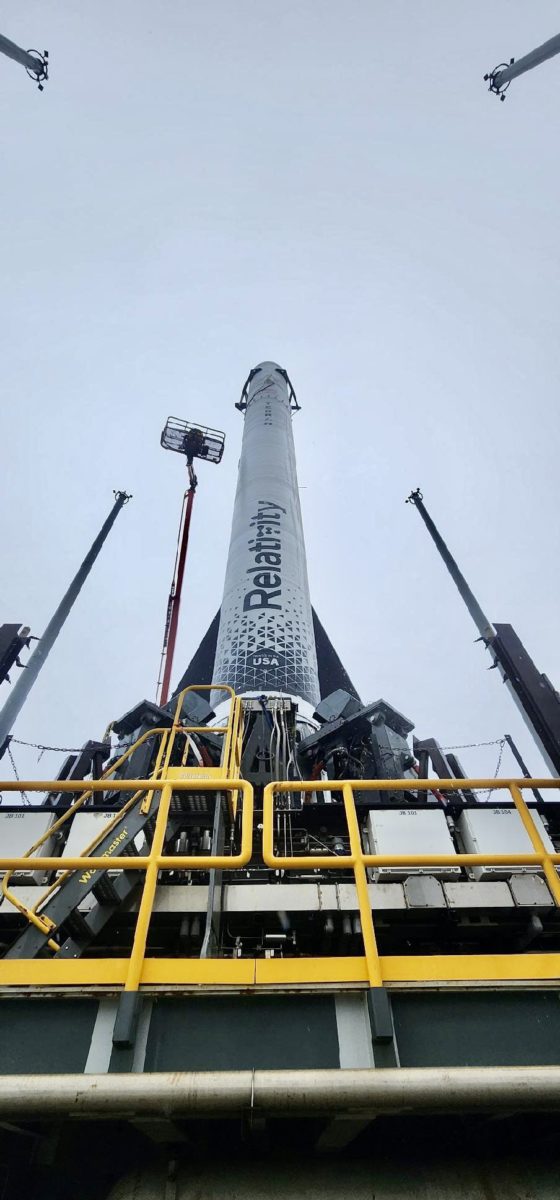
Tomorrow’s launch not only marks the first flight of Terran-1, but also the first launch in over three decades from the Cape’s storied LC-16. This facility can trace its ancestry back over more than a half-century.
Situated just south of the site of Pad 34, where NASA astronauts Virgil “Gus” Grissom, Ed White and Roger Chaffee lost their lives in the infamous Apollo 1 fire, LC-16 began life in 1957 in support of the Air Force’s Titan missile program. It supported 13 Titan launches between December 1959 and May 1963, before transitioning to NASA as a test stand for static firings of the Service Propulsion System (SPS) engine of the Apollo Command and Service Module (CSM).
Returned to Air Force jurisdiction in January 1972, LC-16 was pressed back into service for testing the Army’s Pershing short-range ballistic missile program. It witnessed the launches of 79 short-range Pershing-1 missiles between May 1974 and October 1983 and 49 medium-range Pershing-2 missiles from July 1982 through the complex’s deactivation following the Intermediate-Range Nuclear Forces Treaty between the United States and the Soviet Union in March 1988.
After its abandonment, LC-16 steadily crumbled for over three decades, before Relativity was granted Right of Entry by the 45th Space Wing and took on the site in January 2019. It was the first time that a direct agreement between the Air Force and a venture-backed orbital launch company had been completed for LC-16 and Relativity initially took stewardship of the complex for five years, with the option to extend to an exclusive 20 years.
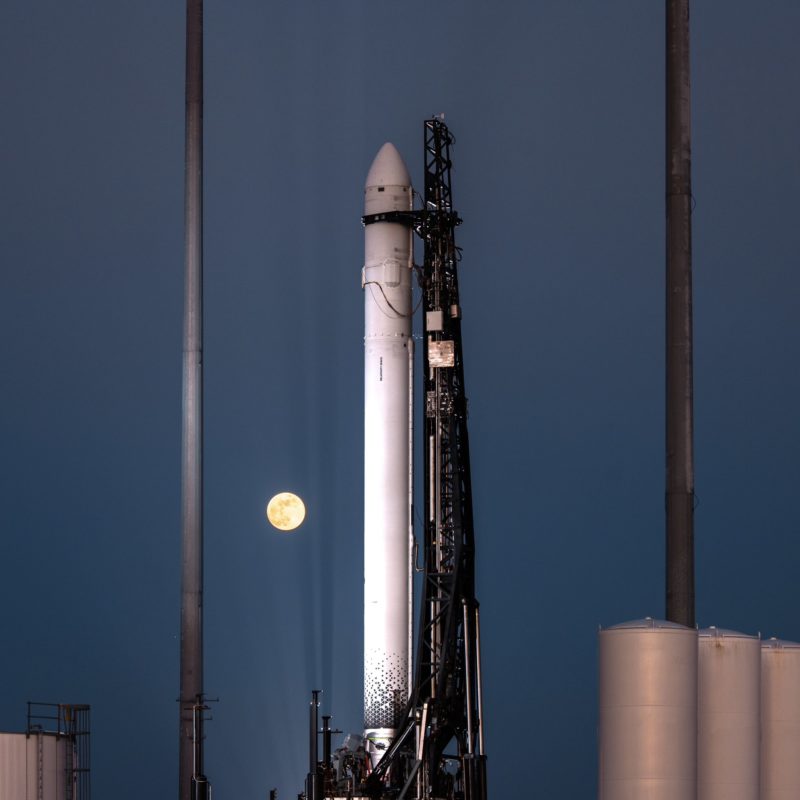
Yet the Relativity team harbors no illusions that this first flight remains fraught with risk and the likelihood of failure is high. Passing “Max Q”—the point of peak aerodynamic turbulence on Terran-1’s airframe, about a minute post-launch—would be “a big inflection point”, demonstrating the viability of 3D-printed rocket hardware, whilst a satisfactory Stage Separation would mark the completion of first-stage flight and offer an opportunity to ignite the second stage in actual flight conditions for the first time.
Beyond tomorrow’s launch, somewhat whimsically named “Good Luck, Have Fun”, Relativity has a burgeoning list of clients on its books. Back in April 2019, it inked a multi-year deal with Telesat for an undisclosed number of its low-Earth-orbiting constellation of global broadband satellites, before signing another contract later that same month with the Thai space technology firm mu Space to launch “a primary dedicated payload”.
A year later, in May 2019, a Launch Services Agreement (LSA) was agreed with Spaceflight, Inc., under which the purchase of a first launch—then scheduled for the third quarter of 2021—would be followed by “options for additional rideshare launches in the future”. And the following October, another LSA was signed to loft small- and medium-sized satellites to geosynchronous orbit on six missions with Momentus’ Vigoride Extended space tug. The latter are expected to weigh up to 770 pounds (350 kilograms).
More recently, the global mobile communications provider Iridium came aboard in June 2020, with an expectation that six Terran-1 missions, beginning no earlier than 2023, will each loft a single Iridium NEXT satellite into low-Earth orbit, weighing around 1,870 pounds (850 kilograms). Added to the list is a Lockheed Martin-led cryogenic technology demonstration mission, flying under NASA’s Tipping Point program, a “full mission” on behalf of TriSept Corp. and a CubeSat payload under NASA’s Venture Class Launch Services Demonstration-2 (VCLS Demo-2).




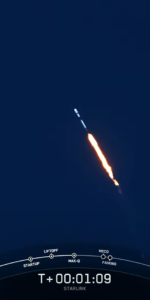
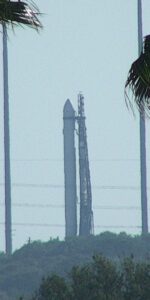
6 Comments
6 Pings & Trackbacks
Pingback:Relativity Space Scrubs First Terran-1 Launch, Awaits New NET Date - AmericaSpace
Pingback:As SpaceX Lofts 40 OneWeb Satellites, Relativity Space Aims for Launch Attempt #2 on Saturday - AmericaSpace
Pingback:After Dramatic Engine Start and Recycle, Relativity Space Scrubs First Terran-1 Launch - AmericaSpace
Pingback:On Third Try, Relativity Launches Terran-1, Exceeds Max Q, Fails to Achieve Orbit - AmericaSpace
Pingback:Relativity, SpaceX Target Florida Launches This Week - AmericaSpace
Pingback:ULA Achieves Rapid-Fire Mission Tempo, Launches Second ... - AmericaSpace - Digi90